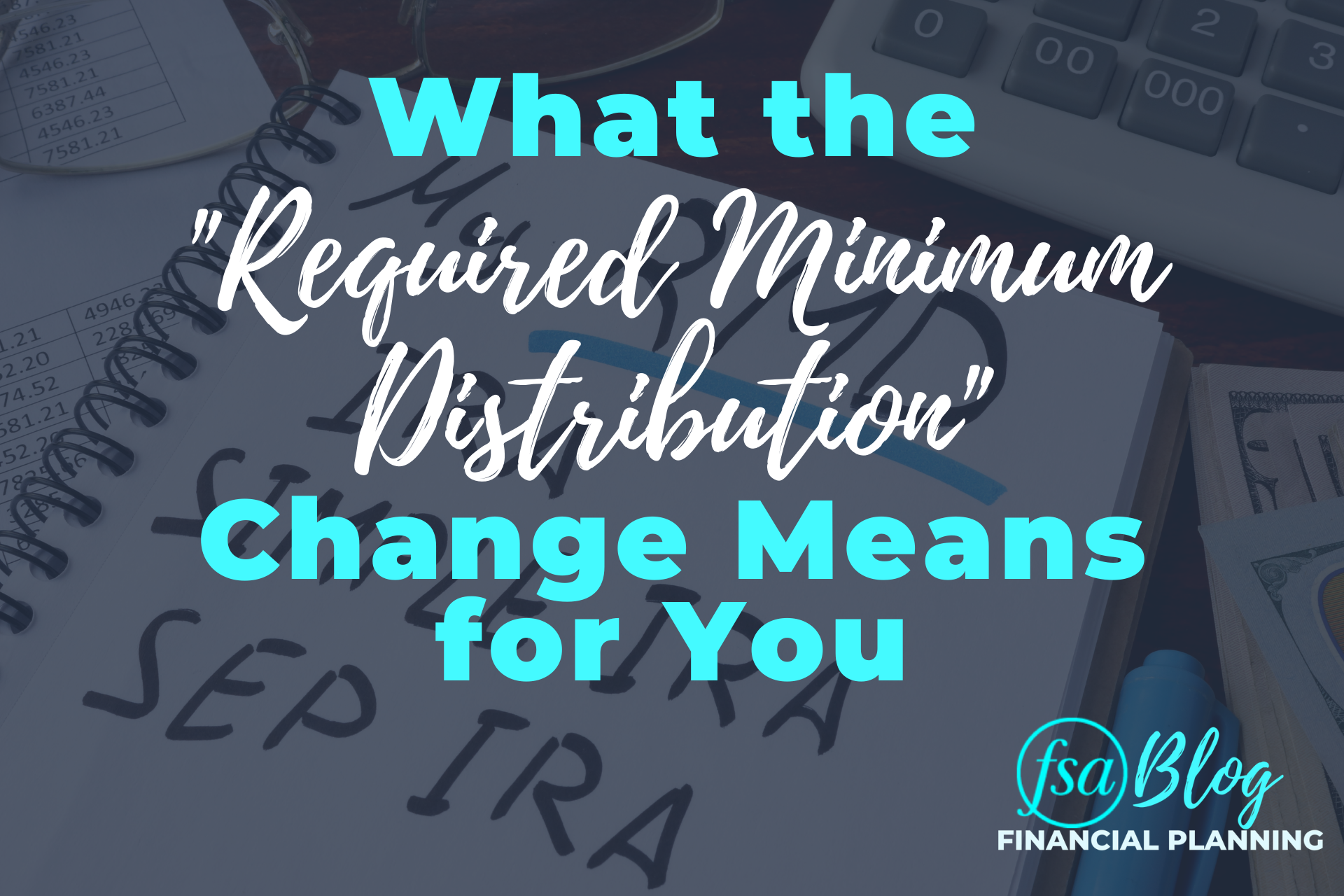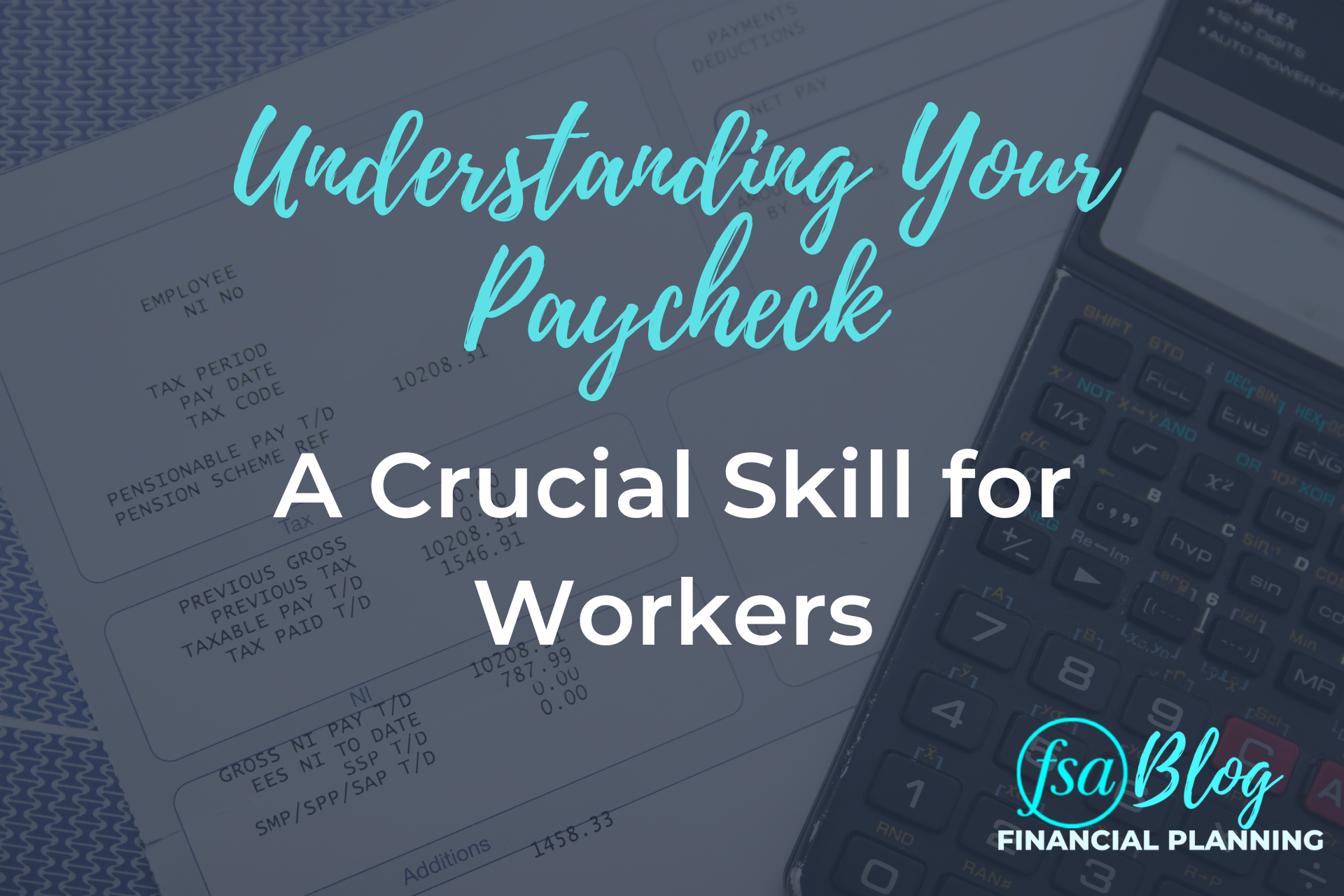Retirement accounts can be super powerful for their tax-deferred investing opportunities. The downside is that Uncle Sam eventually wants his cut, thus you are not able to keep money invested tax-deferred indefinitely. Eventually, you need to start making required withdrawals from the account. The annual amount you are legally required to withdraw from a retirement account is called the required minimum distribution (RMD).
These RMDs directly impact your tax-deferred retirement accounts. Recently, there was a slight change to the tax laws for anyone who has not started taking RMDs. This means that if you have any of the following retirement accounts then you’ll want to keep reading:
- Traditional IRAs
- Rollover IRAs
- SIMPLE IRAs
- SEP IRAs
- Most small-business retirement accounts
- Most 401(k) and 403(b) plans
This article will examine what the required minimum distribution is and what it means for you.
What Is the RMD (Required Minimum Distribution)
There has been a lot of big legislation implemented in the last 18 months to help keep the economy moving along and adjust to changing circumstances. Namely, the SECURE Act and the CARES Act were both signed into law and altered the landscape for RMDs.
For this update, we will focus on changes that came from the SECURE Act, which was passed in December 2019. The act made changes to the age at which you are required to start taking your annual RMDs. The age to begin the required withdrawals has changed from 70½ to 72. This means that you must take your first required minimum distribution during the year that you turn 72 (70½ if you reached 70½ before January 1, 2020). If you reach 70½ in 2020, then you will not need to take your first required minimum distribution this year. As a reminder, you can still delay your first RMD to April 1 of the following year.
NOTE: The CARES Act, which was passed in March of 2020, waived all RMDs this year. As of now, RMDs are required as normal for 2021. We will be sure to update you if anything changes!
Why Did Congress Change the Rules
With the SECURE Act, Congress was solving for increasingly longer lifespans. The average lifespan in the United States has increased to 78.7 per the CDC’s website. Politicians knew they needed to make retirement plans more available and, with a population that is working longer, move the RMD age back a few years. The hope is to mitigate Americans outliving their retirement accounts by forcing them to take required distributions before they need the funds.
How This Can Help You
One of the biggest ways that this helps you is from the benefits of delaying withdrawals from your retirement accounts. Since the age for required withdrawals was pushed back from 70½ to 72, account holders now have an extra year and a half to let that money grow and compound. This could lead to bigger balances, thus hopefully making it harder to outlive your retirement funds. The extra gains from a year and a half of tax-deferred compounding could cover your next car purchase!
Staying on top of updates like this is important because there can be some dramatic costs associated with missing your distribution. Namely, you will receive a tax penalty of 50% of the amount not taken on time (this is done regardless of the type of account that you have). Simply being aware of these changes can save you lots of money in penalties.
However, if you are not aware that the RMD age has been delayed, then you could accidentally make withdrawals earlier. This creates an opportunity cost of withdrawing funds prematurely and missing out on possible gains.
Bonus Tip: If you are older than the RMD age but are still working, you do not need to take your RMD from your 401k or other company retirement plan (as long as you are less than a 5% owner). You will still need to take your RMD from your non-work retirement plans, but your 401k is safe for now.
We hope that you have found this article valuable when it comes to understanding what the RMD change is and what it means for you. If you have any questions or would like to discuss your specific situation, please reach out to us at Questions@FSAInvest.com.
FSA’s current written Disclosure Brochure and Privacy Notice discussing our current advisory services and fees is also available at https://fsainvest.com/disclosures/ or by calling 301-949-7300.




